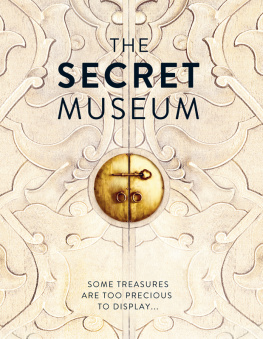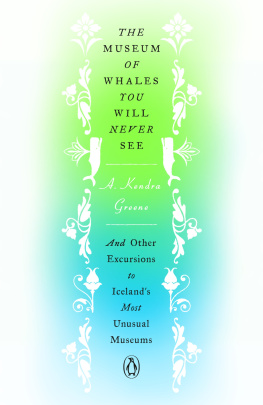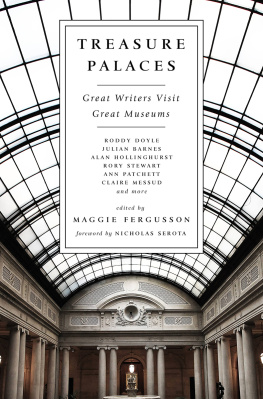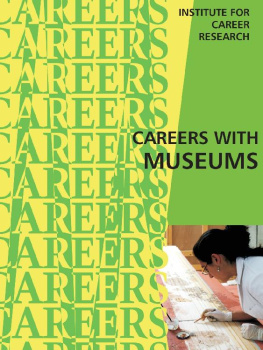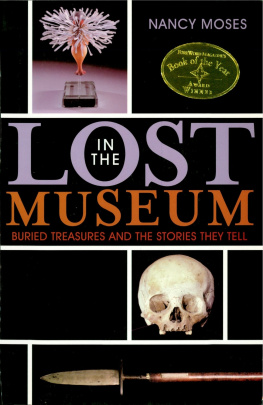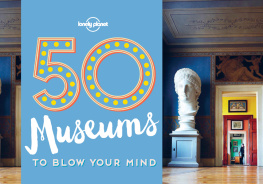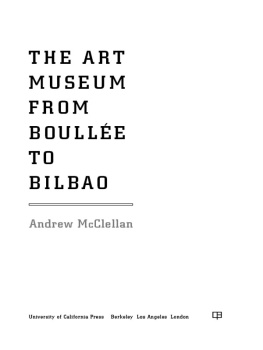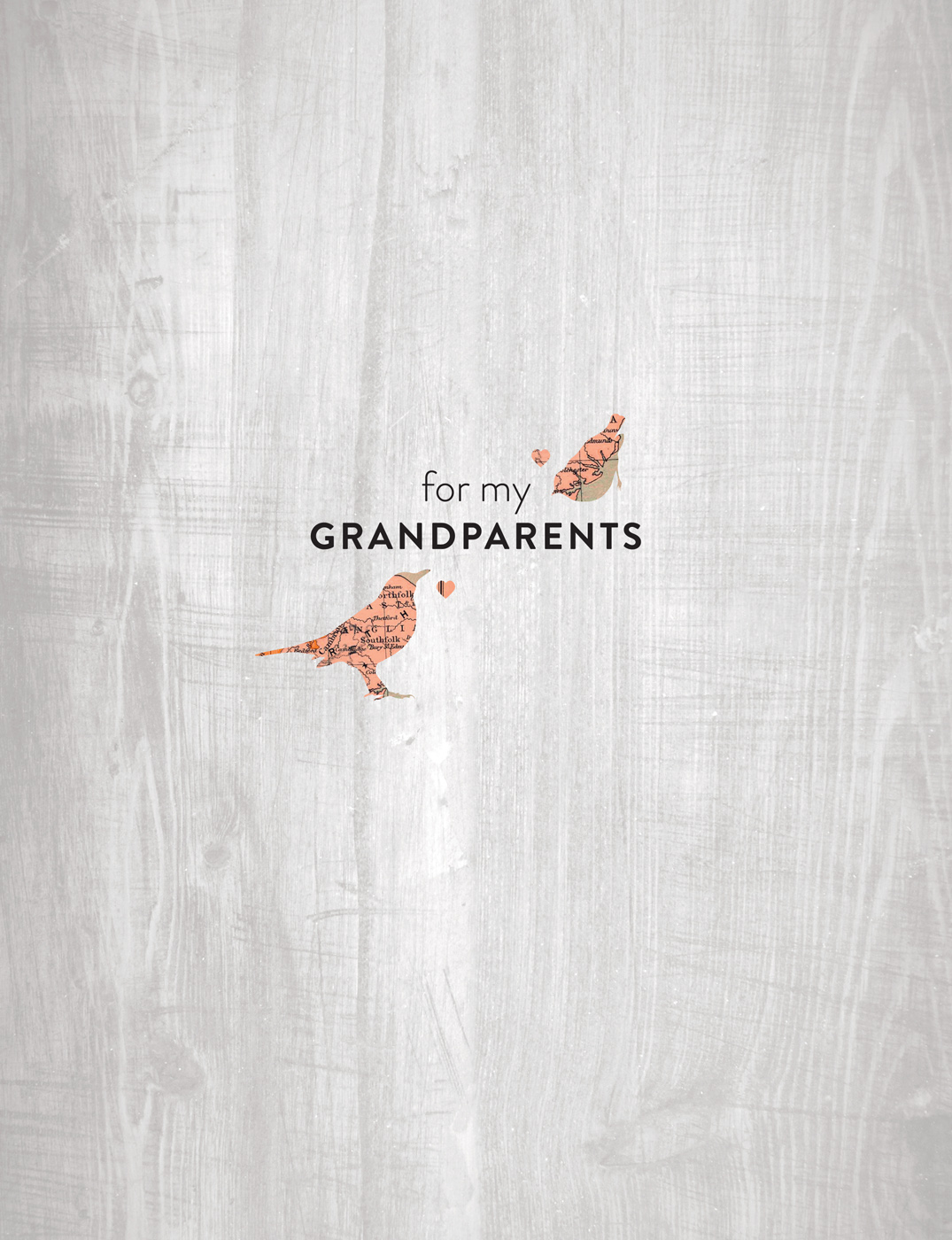Australia
HarperCollins Publishers (Australia) Pty. Ltd.
Level 13, 201 Elizabeth Street
Sydney, NSW 2000, Australia
http://www.harpercollins.com.au/ebooks
Canada
HarperCollins Canada
2 Bloor Street East - 20th Floor
Toronto, ON, M4W, 1A8, Canada
http://www.harpercollins.ca
New Zealand
HarperCollins Publishers (New Zealand) Limited
P.O. Box 1
Auckland, New Zealand
http://www.harpercollins.co.nz
United Kingdom
HarperCollins Publishers Ltd.
77-85 Fulham Palace Road
London, W6 8JB, UK
http://www.harpercollins.co.uk
United States
HarperCollins Publishers Inc.
10 East 53rd Street
New York, NY 10022
http://www.harpercollins.com

First published in 2013 by Collins
An imprint of HarperCollinsPublishers
7785 Fulham Palace Road
London W6 8JB
www.harpercollins.co.uk
Text Molly Oldfield 2013
The author asserts her moral right to be identified as the author of this work.
A catalogue record for this book is available from the British Library.
Publisher Hannah MacDonald
Editor Craig Adams
Senior Project Editor Georgina Atsiaris
Design Lucy Sykes - Thompson
Illustrations Hennie Haworth
Picture Research Giulia Hetherington
Production Stuart Masheter
Colour reproduction by FMG.
All rights reserved under International and Pan-American Copyright Conventions. By payment of the required fees, you have been granted the non-exclusive, non-transferable right to access and read the text of this ebook on-screen. No part of this text may be reproduced, transmitted, down-loaded, decompiled, reverse engineered, or stored in or introduced into any information storage and retrieval system, in any form or by any means, whether electronic or mechanical, now known or hereinafter invented, without the express written permission of HarperCollins.
Ebook Edition February 2013 ISBN 9780007516896
Version 2
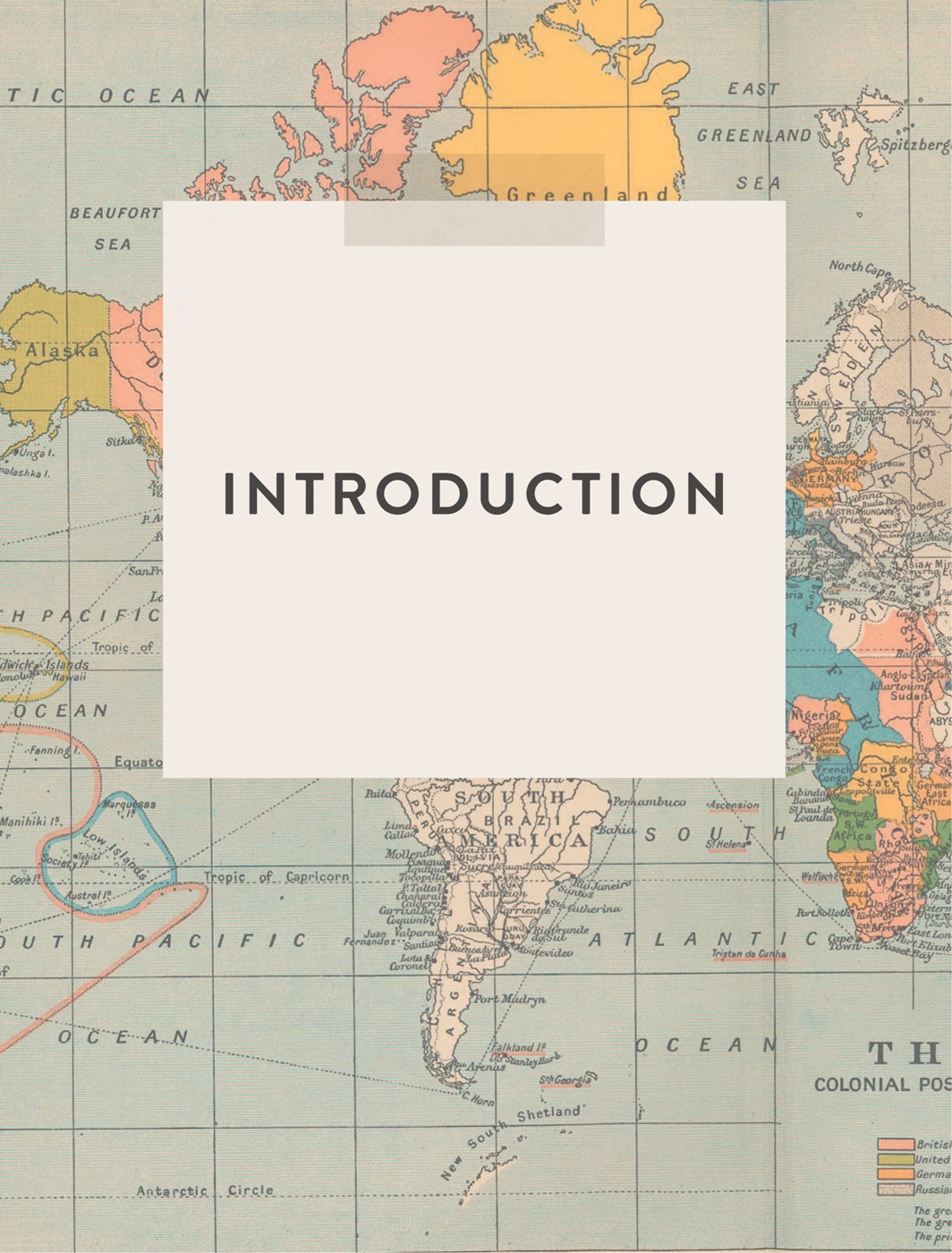

SINCE 2002 I HAVE BEEN a writer and researcher for the television show QI. I also co-write a weekly QI column in the Saturday Telegraph and research a Radio 4 programme called The Museum of Curiosity. One of the things Im often asked about QI is How do you find the script questions? My answer is that I find a lot of ideas in museums theyre a great place to go to learn, to get fresh ideas and to wander around in beauty. I used to visit the public areas, notebook in hand, scribbling down question ideas without realizing that, behind closed doors, most of each museums collection is hidden away from public view.
That changed when two fish curators from the Natural History Museum invited me to look around their fishy realm. I went excitedly, thinking it would be fun but really with no idea of quite how surprising and wonderful the behind-the-scenes fish collection would be. We spent three hours pushing open high-security doors and peering into tanks to marvel at specimens like Archie, the giant squid (and his tank mate, the even bigger colossal squid), who is too big to fit in the galleries, and sharks that inspired super-fast Olympic swimwear.
The curators showed me their favourite specimens that live among shelves of glass jars containing fish from every country on Earth. One of those specimens, an anglerfish couple, made it into the pages of this book. The endless shelves full of fish have been collected over the course of a century: Darwins collection from the Beagle is on a shelf not far from some rare fish from Borneo that the current curators had picked up on a fishing trip earlier that month. The space was zinging with possibility and stories, and I caught the bug for backstage.
As I emerged into the light of the museum itself, the seed of the idea for a book landed lightly upon me. I began to wonder if all museums were like this housing things that only researchers and curators know about? A few days passed, the seed began to unfurl its roots and I decided to call a few more museums to ask them whether they had any treasures behind the scenes that they rarely display. It turned out that they did. The Science Museum told me about a huge ex-RAF airbase in Wiltshire, filled with enormous objects they dont have space to display. The Foundling Museum has a collection of tokens left by the mothers of foundlings, hidden away in an archive. The Van Gogh Museum in Amsterdam cares for van Goghs sketchbooks, which they have never exhibited. Writing this a year later, looking back, it seems funny that I had to ask the museums the question. Of course, almost all museums have a storage collection filled with objects that are an integral part of the collection but are rarely put out for exhibition.
Usually there is more hidden away than there is on display. There are all sorts of reasons why. As the seed of my idea grew into a seedling, I began to unearth some of these reasons. Sometimes, objects are too precious to exhibit and for their own security need to be kept securely in a vault. This was the case with a bejewelled cross that lives in a museum in Brazil, in a dangerous part of Salvador de Bahia. Very often the treasures are too fragile to show, so it is best to keep them in a climate-controlled, dark environment because lengthy exposure to light would destroy them. At the Peggy Guggenheim Collection in Venice I saw a piece by Duchamp in the bunker that is very rarely put out in the light of the galleries and lives with other fragile treasures, protected by covers which the museum nicknames pyjamas.
Sometimes its a question of size there isnt space for enormous objects in a museum and its impossible to effectively display tiny, microscopic specimens. Its also a matter of not having enough space there isnt room to show everything. Natural History museums keep between 90 and 99 per cent of their specimens a vast array of species collected over centuries across the Earth as reserve collections, behind closed doors, ready for researchers, conservation groups or climate change specialists to delve into. Like the fish collection at the Natural History Museum, this is where the action happens.
No matter what the subject of the museum or why each object is in a reserve collection, everything that isnt on display is valued in its own right and conserved for the future. Usually you can see anything you would like to, if you ask the museum to see it but, if youre at all like me, perhaps you didnt know that all of these treasures were there. Once I realized quite how much lay unexplored away from the public space of each museum I felt compelled to take some of these treasures that lurk in cupboards, basements and vaults and lift them into the light and onto the pages of this book.
The seedling of this book was fed and watered with the help of curators and conservators at each museum: keepers of the keys to the hidden realms. Each time a door was unlocked and a curator ushered me into the collection they knew so well I found myself in a world of stories, lucky enough to be with the one person on Earth who could best explain the significance of the objects that surrounded us.
Next page
